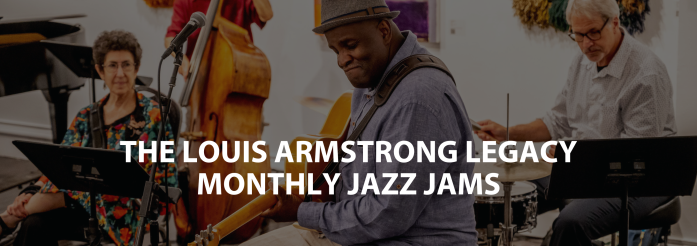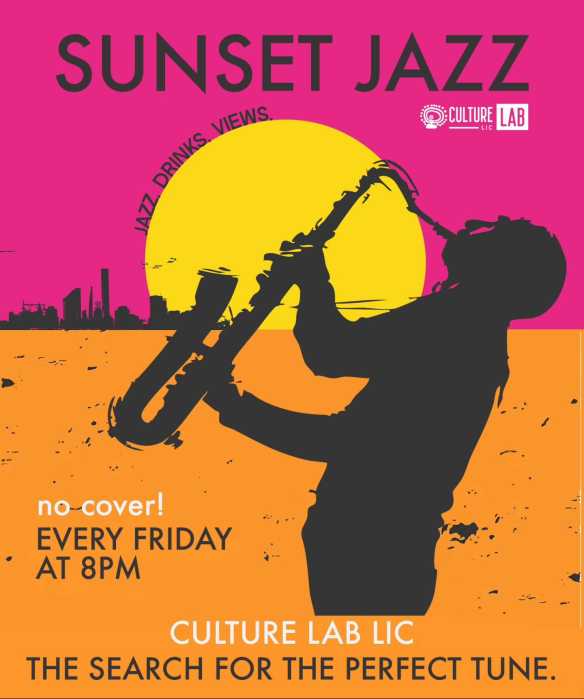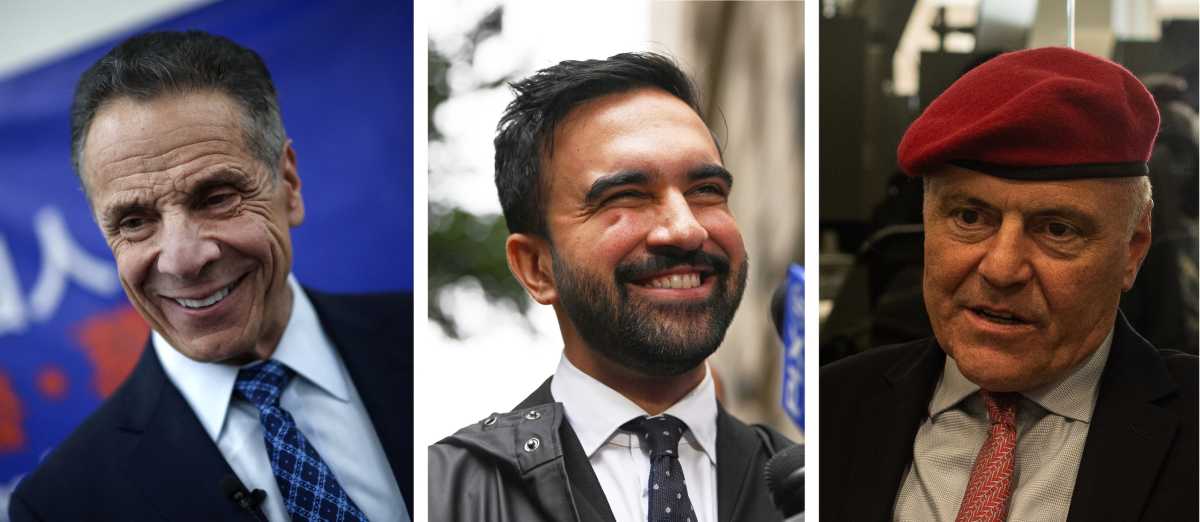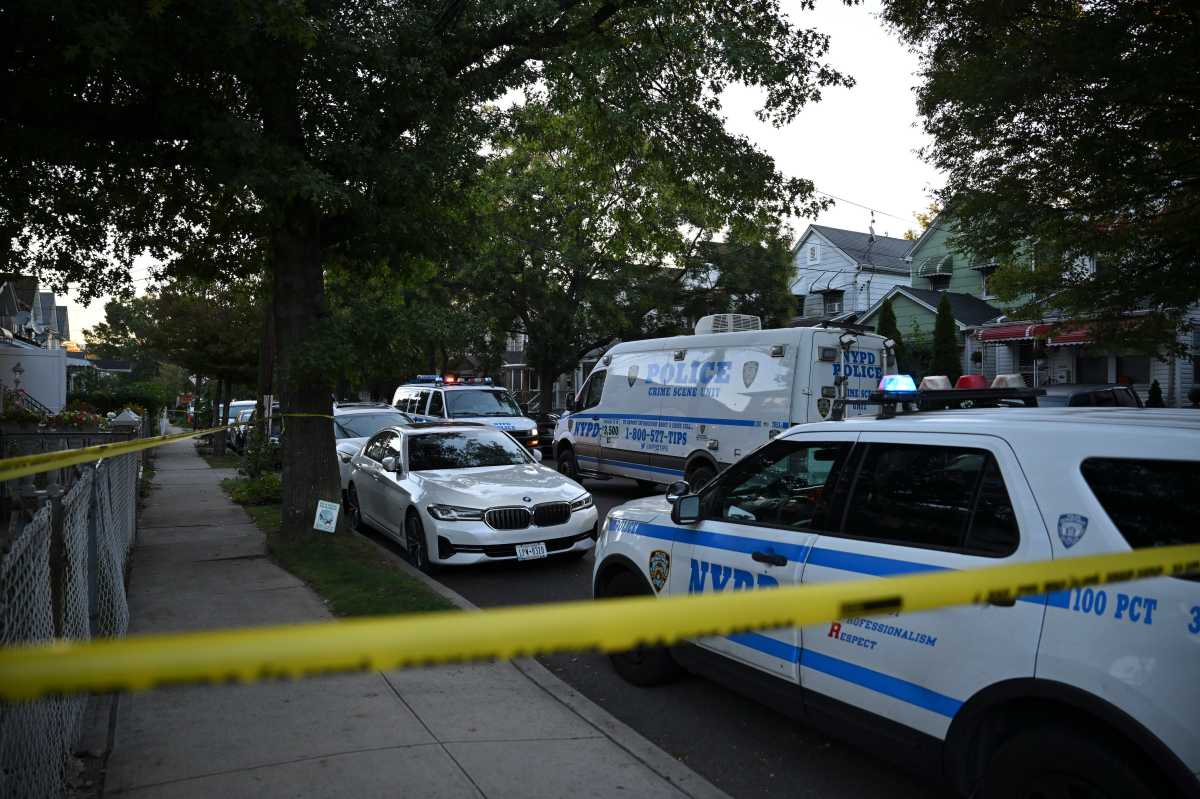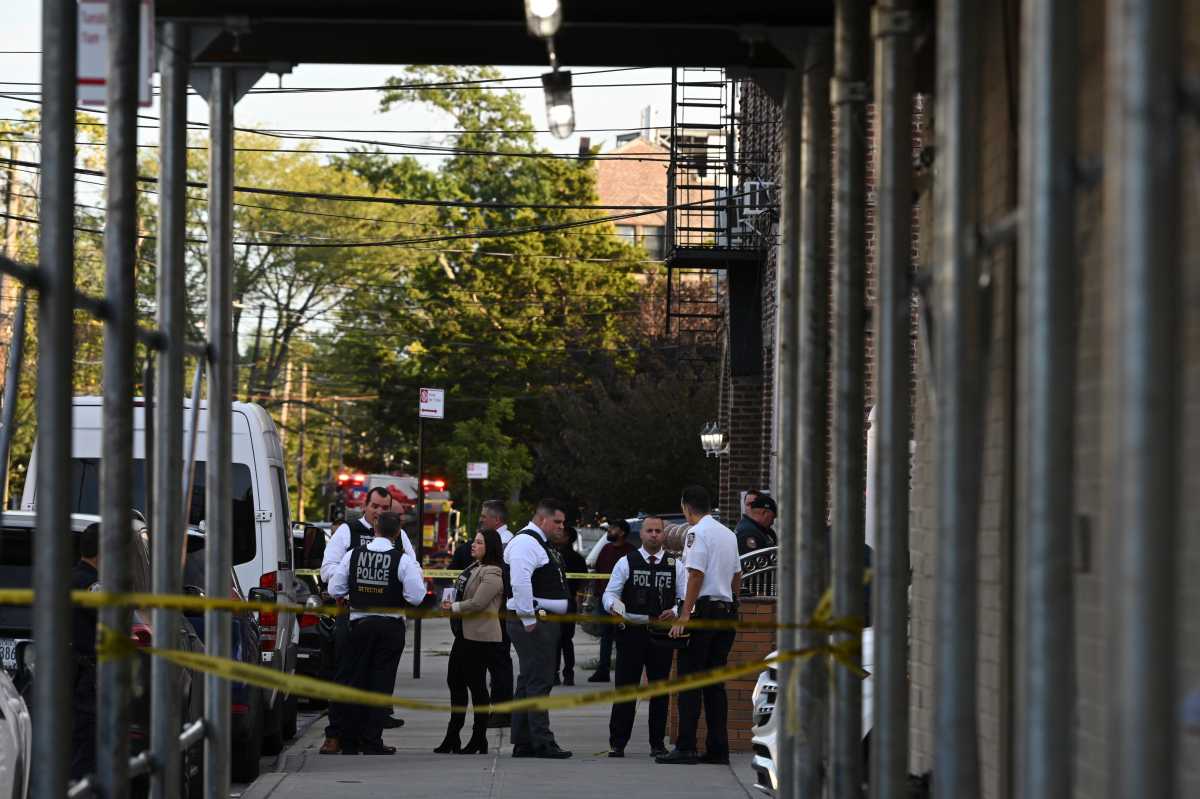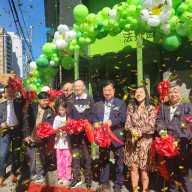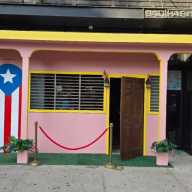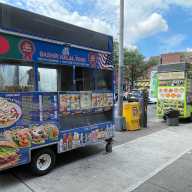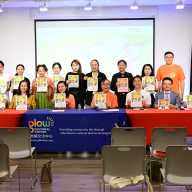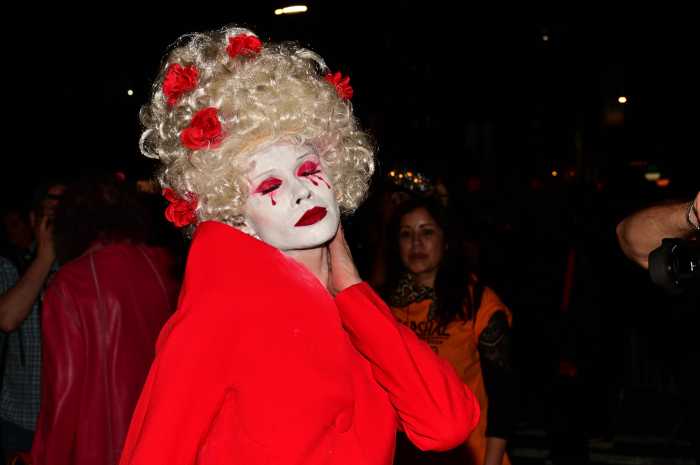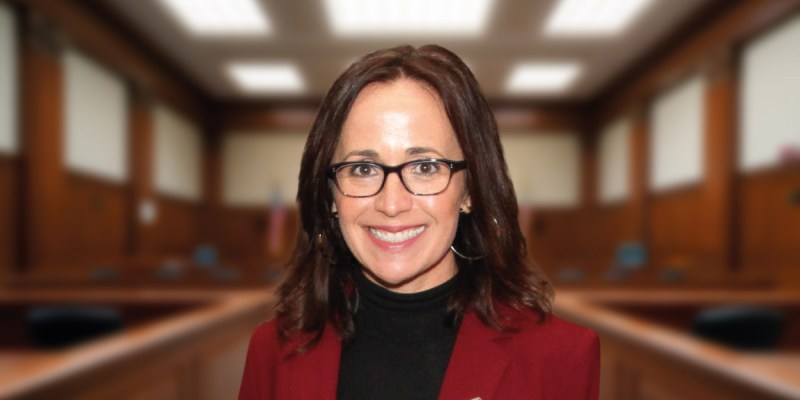The honking horns, the shadowy overpass, the pungent smell of the fish market, and the competing strains of Latin music emanating from nearby record stores at the 103rd Street stop of the No. 7 train can overwhelm the unaccustomed visitor to Corona.
This scene plays out all too frequently for visitors seeking the home of jazz legend Louis Armstrong, said Deslyn Dyer, assistant director of the Louis Armstrong House and Archives.
The house, which celebrated its fourth anniversary as a museum on October 15, has worldwide appeal for jazz fans and receives 10,000 visitors a year, said Dyer. However, Corona’s population has changed in recent decades, and the museum has struggled to attract residents and to make itself relevant to the community.
The museum has preserved the Armstrongs’ living space exactly as Armstrong’s wife, Lucille, left it. It is the only house on the block with a brick faade, and a brick wall lines the garden, created after the couple purchased the adjoining lot. The house’s lower level has been converted into a rotating exhibit space and gift shop, focusing on Armstrong’s life and music.
When the Armstrongs moved to the neighborhood in the early 1940s, Corona was largely a white neighborhood, said Francis Lunzer, senior docent at the museum. African-Americans came to Corona in greater numbers over the following years, but in the last few decades, the area has become largely Dominican.
“Our biggest challenge is reaching our community and making a connection,” said Dyer. “We need to make sure residents know about the museum. We want our neighbors to come and be cultural ambassadors.”
Louis Armstrong revolutionized world music, said Lunzer. But, she continued, he has no cultural resonance for a Dominican.
Not all Corona residents are oblivious to the museum, but few are interested enough to visit. Juan Sosa, 22, who has lived down the street from the museum since 1998, said the water knobs on the Armstrongs’ sinks are made of 14-karat gold. Nevertheless, he has not actually seen them.
“My mom told me,” said Sosa. “I’m just lazy. I was invited to the opening but only my mom and my sister went.” Sosa said he likes Spanish music and rap, but not jazz.
Aside from a core community of jazz fans who visit the museum, 30 percent of visitors come on trips with Queens schools, said Michael Cogswell, the museum’s director. He said the museum receives visitors from all over the world. A note in the museum’s guest book from Big George from London reads, “To me Louis is the greatest human of the 20th century.”
Lucille Armstrong’s distinct 1960s-style decorating also lures visitors, said Cogswell. The house has been featured in the New York Times and Architectural Digest. “People come to see Lucille’s mirrored bathroom and vibrant wallpaper because it’s unusual to have a 20th century vernacular house that’s been preserved,” he said.
The Louis Armstrong House opened to the public in 2003. Lucille Armstrong left the house to the City of New York when she died in 1983. Both a National Historic Landmark and a New York City Historic Landmark, the museum is managed through Queens College, which also houses the four collections of the Louis Armstrong archives.
Every April since 1987, the museum organizes a series of jazz concerts for children called “Pops is Tops.” Dyer said a grant from the New York City Department of Cultural Affairs enables the museum to stage two concerts a day over three days, bringing 600 children from Corona per day into the Armstrongs’ Japanese-styled garden.
The museum also tries to help community businesses. For Louis Armstrong’s birthday celebration on August 4, the directors catered food for nearly 400 guests from Angelita Restaurant across the street and ordered cakes from Becky Bakery, a Colombian shop on 103rd Street, said Cogswell.
Despite the house’s efforts to engage the community, many local residents are indifferent to the museum and its subject.
Miguel Santos has lived on 107th Street, across from the Louis Armstrong house, for 25 years. “I know about [Armstrong],” he said in Spanish, “but I’ve never been to the museum.”








